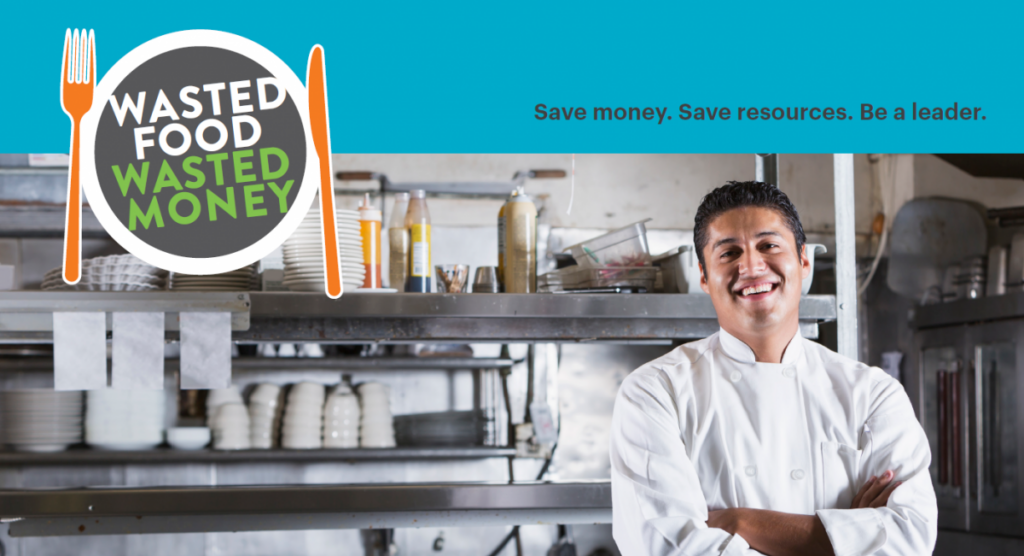Prevent Food Waste
Prevent Food Waste

Wasted Food Wasted Money
Join other Oregon businesses and be part of the solution to stop wasted food.
Each year, an estimated 25 to 40 percent of all food produced or imported for consumption in the United States is never eaten. That’s as much as 63 million tons of wasted food. Of that food, 40 percent is estimated to come from consumer-facing businesses—businesses like yours. And that wasted food means wasted money, by some estimates as much as $57 billion annually for U.S. businesses.
The good news is that reducing waste isn’t hard and really pays off.
Studies show that nearly all businesses that try to reduce their wasted food through wasted food measurement, employee training, and waste prevention practices experienced a positive return on investment. Over half of businesses studied had more than a 1,400% return on investment—a $14 return on every dollar invested. It’s as simple as joining other Oregon businesses in taking four simple steps.
4 Steps to Save Money
- Figure out where you are wasting food and how much that waste is costing you. Is it coming from spoilage, preparation or plate waste? Check out our simple measurement tools to get started and take the one-week measurement challenge.
- Once you know where your waste is coming from, find the strategies that are right for you. The free Wasted Food Wasted Money Resource Guide provides simple, step-by-step solutions.
- Engage staff to identify and make small shifts in how you do business. Changes in purchasing, storage, food preparation, training, inventory management, or merchandising practices can save money and waste less food.
- Document your progress by tracking purchasing and waste so you can see how much you saved. You’ll be pleasantly surprised!
Resources
- Wasted Food Measurement Tool
- Wasted Food Wasted Money Flyer
- Restaurant Resource Guide
- Grocery Store Resource Guide
- Food Donation Guide
- Food Waste Recovery and Composting Guide
- Oregon DEQ Food Waste Study
Examples of Commercial Food Waste Prevention
Source: Oregon DEQ, Wasted Food Wasted Money
